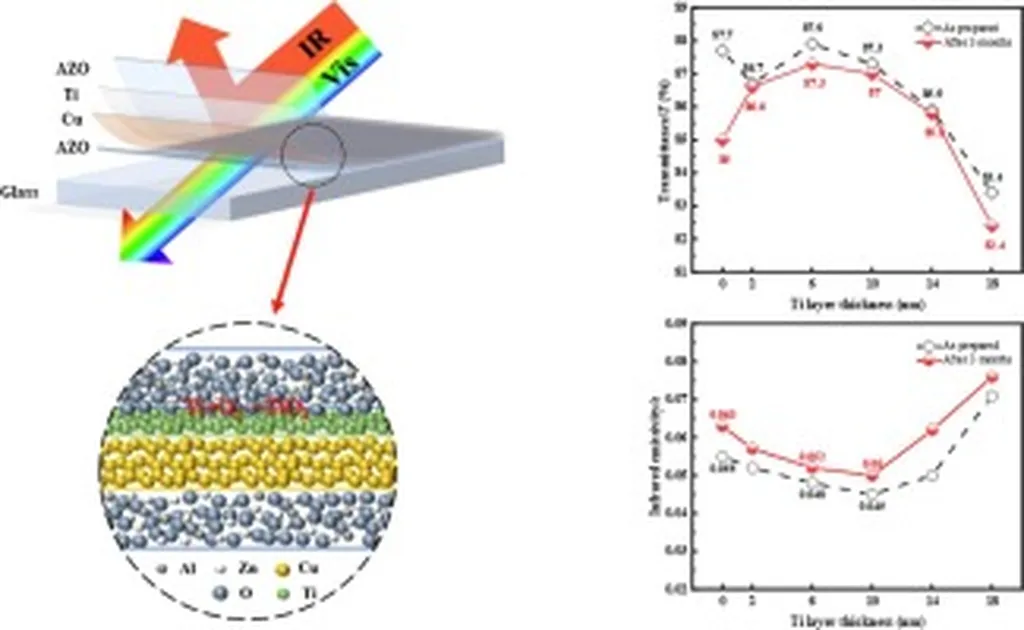In a significant stride towards enhancing material science for energy applications, researchers have unveiled a novel approach to fabricating aluminium-doped zinc oxide (AZO) thin films using oxygen as a carrier gas. This method, detailed in a recent study published in *Discover Materials* (translated as “Ontdek Materialen”), promises to optimize the properties of AZO films, potentially revolutionizing their use in optoelectronic devices and energy technologies.
The research, led by Kingsley Imoni-Ogbe from the Department of Physics at the University of Delta, explores the impact of oxygen as a carrier gas in the aerosol-assisted-chemical-vapor-deposition (AACVD) process. This technique is widely used for depositing thin films, but the use of oxygen as a carrier gas has been scarcely reported until now.
“Our study aims to bridge this gap and provide a comprehensive understanding of how oxygen as a carrier gas influences the material characteristics of AZO thin films,” Imoni-Ogbe explained. The team systematically varied the aluminium doping concentrations to investigate their effects on the structural, optical, electrical, and surface properties of the films.
The findings are promising. Characterization techniques revealed that using oxygen as a carrier gas improved the optical, electrical, and surface properties of the films, enhanced crystallinity, and reduced structural defects at optimal aluminium doping levels. “We observed a widening bandgap from 3.57 eV in undoped zinc oxide to 3.59 eV at 5% aluminium doping, which is crucial for optoelectronic applications,” Imoni-Ogbe noted. However, at higher doping levels, the bandgap decreased to 3.4 eV, indicating a complex relationship between doping concentration and material properties.
The films also exhibited high UV absorbance and broadened visible-spectrum absorption at higher doping levels, enhancing their potential use in optoelectronic devices. “This broadening of absorption spectra is a significant finding,” Imoni-Ogbe added. “It opens up new possibilities for tailoring AZO films for specific industrial applications.”
The commercial implications of this research are substantial. AZO thin films are already used in various energy technologies, including solar cells, transparent conductive coatings, and sensors. The enhanced properties achieved through this novel AACVD process could lead to more efficient and cost-effective energy devices. “Our findings underscore the potential of AZO films in advancing energy technologies,” Imoni-Ogbe said. “By optimizing the AACVD parameters, we can tailor the properties of AZO films for specific industrial needs.”
This research not only highlights the role of oxygen in optimizing film properties but also paves the way for future developments in material science. As the energy sector continues to evolve, the demand for advanced materials that can enhance the performance of energy devices will only grow. This study provides a crucial step forward in meeting that demand.
Published in *Discover Materials*, this research offers a glimpse into the future of material science, where innovative techniques and a deeper understanding of material properties can drive significant advancements in energy technologies. The findings are a testament to the potential of AZO thin films and the AACVD process, setting the stage for further exploration and application in the energy sector.

